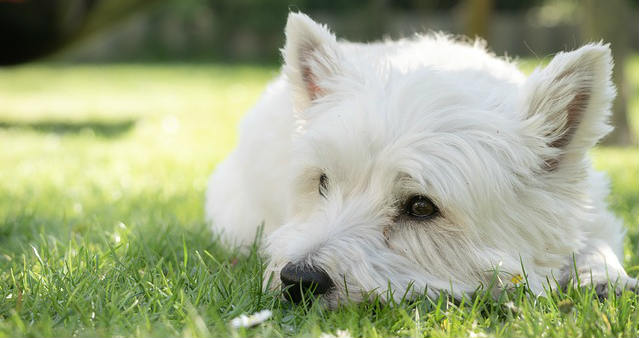Hi Darcy,
Kidney and liver disease problems are not uncommon in both elderly dogs and cats. They often sneak up slowly over time and so it can actually be quite late when a diagnosis is reached. We’re not necessarily picking up that they’re unwell, not feeling themselves, that their appetite might have reduced a little bit, their weight might’ve started to fall off, or that they might’ve started to drink a little bit more water. They can all be quite subtle changes and unless you’re sitting there watching your dog or cat every day and measuring their water intake and constantly recording their weight, they’re easy things to miss.
The liver and kidneys are crucial organs that affect every part of the body. That said, the most common signs like I say are increased thirst, an increase in urination as well as vomiting and diarrhoea as things progress. We can get inappetence leading to anorexia, so they can start to become a little bit picky and then completely go off their food. We then move on to lethargy, to weakness and in the case of liver disease, we can get jaundice, so that’s when their gums or the whites of the eyes become very yellow. It can then progress to seizures and coma and ultimately these diseases are deadly if they’re left untreated or if they progress to a certain level despite treatment.
That being said, early treatment especially can carry an excellent prognosis. So with any of the problems or these changes that we notice in our dog, if we can identify an underlying cause for them, then we’re going to be in a much better position to treat them more effectively in the early stages. That can involve dietary management, it can involve techniques to maintain hydration, so getting your dog or cat to drink more water or changing them onto a wet diet.
It can involve other supplementation, so especially with liver disease, there are a number of different supplements that we give to help reduce inflammation, to help reduce scarring, and to help support the liver function going forward. Other supplements might be with kidney disease, it might be phosphate binders.
So with dogs and cats with kidney disease, they tend to have really high blood phosphate levels which can cause the disease to progress at a greater rate so we want to try and reduce that. We also want to control other symptoms so that can be nausea, it can be high blood pressure, it can be anemia and there’s a number of other knock on effects that these conditions have that we need to control. If we’re addressing things early, then we can actually have a really good outcome and your pet can have an excellent quality of life and also increase their quantity of life. On the other hand, if we’re diagnosing them later when an animal is already having seizures, when they’re completely anorexic or off their food, they’ve lost a whole load of weight, then unfortunately, often the prognosis is a lot more grave and often those patients won’t recover as well as we would expect or they won’t recover at all despite our best efforts.
So as with everything, if we get on to any changes or any problems early, we’re going to be in a much better position to successfully treat our pets.
I hope this helps.
Dr. Alex Avery
